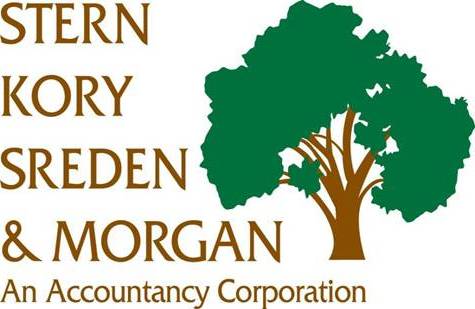Employee Benefit Plans

For businesses offering employee benefit plans, it's important to review those plans to ensure you're receiving the maximum tax benefits while providing benefits that will attract and retain qualified employees.
TAX CREDITS FOR SMALL BUSINESS RETIREMENT PLANS
Small business retirement plan tax credits can be as much as $5,000. This credit is designed to provide small business owners with an incentive to provide access to a retirement plan for their employees. Another $500 in tax credits is automatically available each year, for up to three years, for businesses that enroll new hires. The maximum auto-enrollment contribution for the first year of employment is 10% of compensation. Employees must have the choice to opt out of auto-enrollment. After the worker's first year, the SECURE Act allows safe harbor plans to automatically increase employee contributions up to a maximum of 15% of compensation. Again, employees must have the option of 'opting out.'
Additionally, you now have until the due date for your company's tax return filing, to establish a plan and claim the credit for the previous year. This also gives you more time to provide your employees with a profit-sharing contribution.
MULTIPLE EMPLOYER PLANS
The SECURE Act allows employers of all sizes to collaborate and open "pooled plans," or Multiple Employer Plans (MEPs) for plan years starting after December 31, 2020. Employers need not show a common interest to do so. Until now, employers were discouraged from entering MEP arrangements because of the "One Bad Apple" rule. Under this rule, if one-member employer had problems complying with ERISA requirements, the entire plan could be disqualified. The SECURE Act, passed in late 2019, reduces employer risk by allowing for the non-compliant plan to be separated from the MEP, leavinig the remaining plans under the MEP intact.
STUDENT LOAN PAYMENTS
To help attract new employees, consider paying a portion of their student loans as part of your benefits package. Now, through 2025, employers can make payments of up to $5,250 a year in student loan payments for each employee and receive a tax deduction for the payment. The amount you pay is tax-free to the employee which means you won't include it on their Form W-2 as taxable income.
COMPLIANCE PENALTIES INCREASED
Fines and penalties for non-compliance with ERISA requirements are generally $250 per day with a maximum penalty of $150,000 depending on the type of non-compliance.
QUALIFIED RETIREMENT PLAN OFFSET
Previously, employees with a defaulted plan loan who were no longer with their qualified plan's company, or had a terminated plan, had 60 days to roll over the loan plus, withholding taxes before penalties and interest accrued. Now, they have until the tax filing deadline (plus extensions) of the following year to make a rollover.
QUALIFIED PLAN LIMITS
The annual compensation limit for retirement accounts under Sections 401(a)(17), 401(1), 408(k)(3)(C) and 408(k)(6)(D)(ii) was $290,000 in 2021. In 2022, the limit increases to $305,000.
ESOPs
The dollar amount under Section 409(o)(1)(C)(ii) for determining the maximum account balance in an employee stock ownership plan subject to a five-year distribution period is $1,165,000 in 2021, and $1,230,000 in 2022. The dollar amount used to determine the lengthening of the five-year distribution period is $245,000 in 2022.
TRANSPORTATION BENEFITS
The corporate tax break for employer-paid transportation benefits was repealed. However, you can still provide this subsidy and the value will not appear on the employee's W-2.
EMPLOYER FMLA TAX CREDIT EXTENDED
The Employer Family Medical Leave Act credit, originally set to expire at the end of 2019, has been extended through 2025. This credit is equal to 12.5% to 25% of eligible wages paid to low-and moderate-income employees while they are on family or medical leave. If your employees have take medical leave due to COVID-19, talk with your tax professional about COVID-19 sick leave tax credits you may be entitled to.

